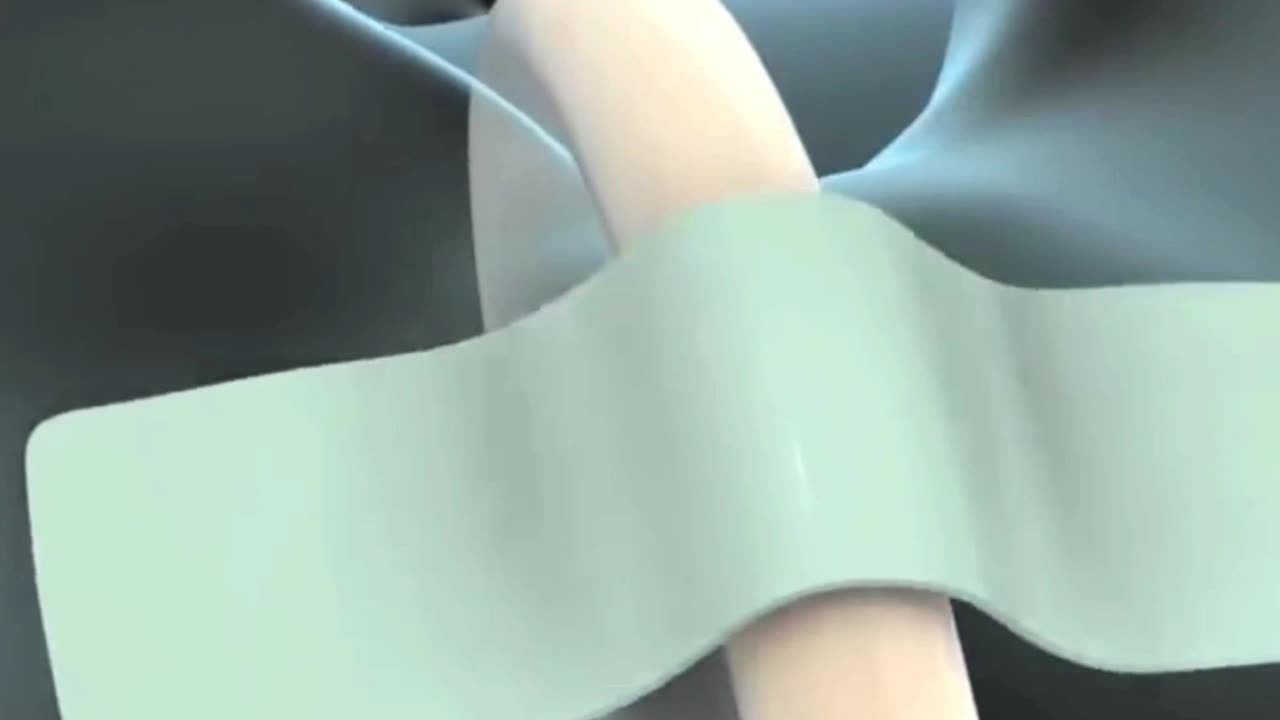Premium Only Content

Intubation and endotracheal tube ETT
Intubation and Endotracheal Tubes
Intubation is a medical procedure that involves inserting a tube into a patient's airway to ensure they can breathe properly. This process is commonly performed in emergencies, surgeries, or when a patient cannot breathe independently due to illness or injury.
What is Intubation?
Intubation involves placing a flexible tube, called an endotracheal tube (ET tube), through the mouth or nose and into the trachea (windpipe). This tube helps keep the airway open and delivers oxygen, anesthetic gases, or other medications directly to the lungs.
When is Intubation Necessary?
Intubation is often required in the following situations:
- Respiratory Failure: When a patient cannot breathe adequately.
- Surgery: To maintain an open airway and avoid aspiration during anesthesia.
- Severe Infections, such as pneumonia or COVID-19, can impair breathing.
- Trauma: Injuries to the head, neck, or chest that obstruct the airway.
- Overdose: When drug overdose causes respiratory depression.
The Intubation Procedure
1. Preparation: The patient is usually given medication to sedate them and prevent pain. Vital signs are monitored closely.
2. Positioning: The patient's head is tilted back to open the airway. A laryngoscope, a unique instrument with a light, is used to view the throat and guide the tube.
3. Insertion: The endotracheal tube is carefully inserted through the mouth or nose, past the vocal cords, and into the trachea.
4. Confirmation: The tube placement is confirmed by listening to breath sounds, checking chest movement, and using devices like a capnograph to measure carbon dioxide levels.
5. Securing the Tube
Types of Endotracheal Tubes
- Oral Endotracheal Tube: Inserted through the mouth.
- Nasal Endotracheal Tube: Inserted through the nose, often used when oral access is difficult.
- Cuffed Endotracheal Tube: A balloon-like cuff near the tip inflates to seal the trachea, preventing air leaks and aspiration.
- Uncuffed Endotracheal Tube: Lacks a cuff and is often used in children.
Risks and Complications
While intubation is a life-saving procedure, it carries some risks, including:
- Infection: Increased risk of pneumonia or other infections.
- Injury: Damage to the teeth, vocal cords, or trachea.
- Misplacement: Incorrect tube placement can lead to inadequate ventilation.
www.MedicalArtsShop.com
-
 25:43
25:43
Russell Brand
1 day agoThis Is Getting Out Of Hand
113K108 -
 LIVE
LIVE
The Quartering
12 hours agoThanksgiving Day Yule Log!
1,870 watching -
 15:32
15:32
IsaacButterfield
20 hours ago $1.89 earnedAussie Reacts To UNHINGED Woke TikToks!
9.47K5 -
 3:24:28
3:24:28
PandaSub2000
12 hours agoNintendo Platformers - Thanksgiving 2025 Special | ULTRA BEST AT GAMES (Original Live Version)
28.8K3 -
 1:03:06
1:03:06
MetatronGaming
1 day agoThis is the scariest game ever (for an Italian)
19K6 -
 1:09:35
1:09:35
The White House
6 hours agoPresident Trump Participates in a Call with Service Members
41.3K55 -
 5:20:01
5:20:01
a12cat34dog
6 hours agoHAPPY THANKSGIVING - I APPRECIATE YOU ALL SO MUCH {18+}
20K3 -
 24:55
24:55
Jasmin Laine
1 day agoCarney BRAGS About ‘Investment’—Poilievre Drops a FACT That Stops the Room
28.3K27 -
 2:14:15
2:14:15
SIM_N_SHIFT GAMING
4 hours ago $1.39 earnedGRAND THEFT AUTO WITH FRIENDS
14K -
 6:43:27
6:43:27
VikingNilsen
14 hours ago🔴LIVE - VIKINGNILSEN - THE NEW PRELUDE - SOULFRAME
12.9K